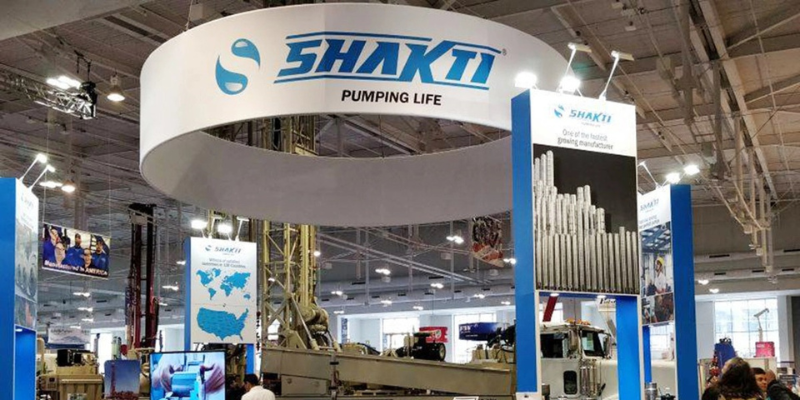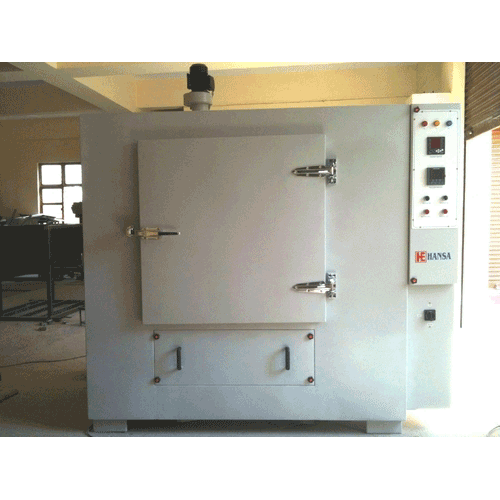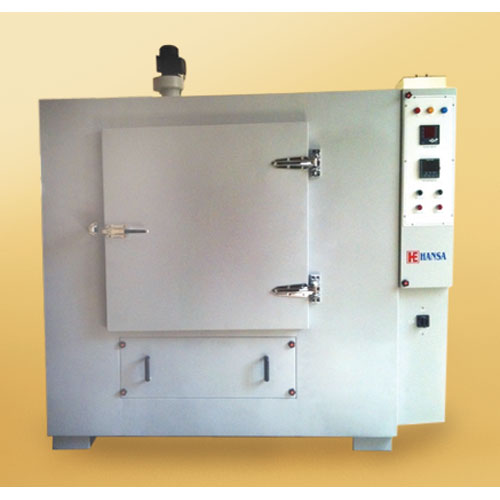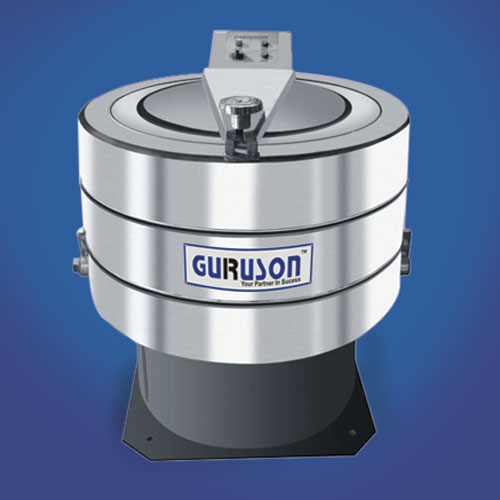Schedule a Call Back
Protecting novelty with IPRs
 Technical Articles
Technical Articles- Mar 01,18

Related Stories

Godrej Tooling Secures 3 Patents, Strengthening India’s Innovation Drive
Godrej Enterprises Group’s Tooling business earns three new patents in die casting and railway automation, advancing India’s self-reliance, safety, and global manufacturing competitiveness.
Read more
R&D is a key enabler of the Make-in-India initiative: Rajendra Petkar
In this interview with Rakesh Rao, Rajendra Petkar, President & CTO, Tata Motors, explains why R&D is essential for India’s transition to a developed, innovation-led economy.
Read more
Shakti Pumps surges 5% as 10th patent revolutionises RO industry efficiency
The latest patent, granted by the Patent Office of the Government of India under the Patents Act of 1970, marks a milestone for Shakti Pumps in the realm of fluid technology.
Read moreRelated Products

Heavy Industrial Ovens
Hansa Enterprises offers a wide range of heavy industrial ovens.

High Quality Industrial Ovens
Hansa Enterprises offers a wide range of high quality industrial ovens. Read more

Hydro Extractor
Guruson International offers a wide range of cone hydro extractor. Read more
















